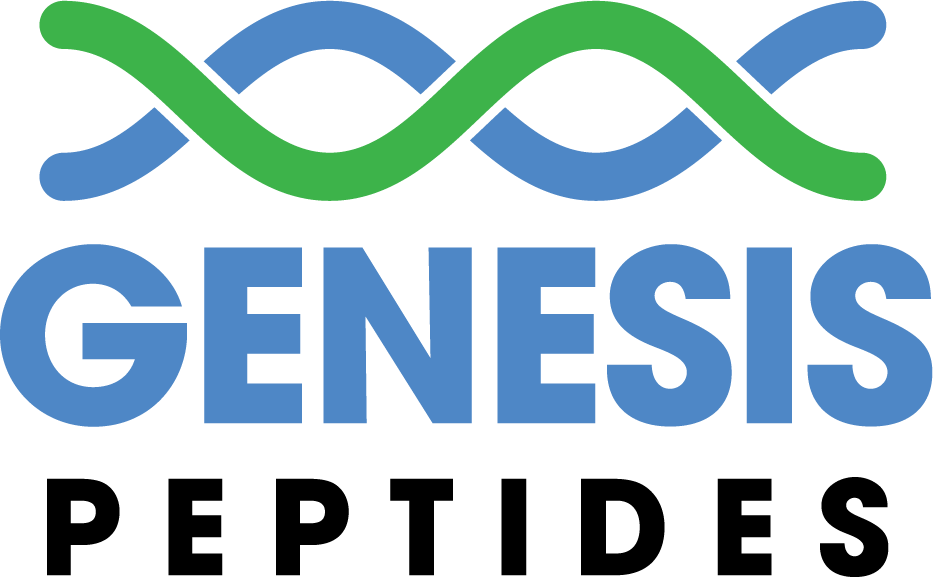Gonadorelin
$75.00
Gonadorelin, also known as Gonadotropin-releasing hormone (GnRH), is a naturally occurring peptide hormone produced in the hypothalamus region of the brain. It plays a crucial role in regulating the production and release of two essential hormones involved in human reproduction: luteinizing hormone (LH) and follicle-stimulating hormone (FSH). These hormones are produced and secreted by the pituitary gland and stimulate the growth and maturation of eggs in the ovaries in females and sperm production in the testes in males.
What is Gonadorelin?
Gonadorelin, also known as Gonadotropin-releasing hormone (GnRH), is a naturally occurring peptide hormone produced in the hypothalamus region of the brain. It plays a crucial role in regulating the production and release of two essential hormones involved in human reproduction: luteinizing hormone (LH) and follicle-stimulating hormone (FSH). These hormones are produced and secreted by the pituitary gland and stimulate the growth and maturation of eggs in the ovaries in females and sperm production in the testes in males.
What are the potential benefits of Gonadorelin?
Gonadorelin has several therapeutic applications
Gonadorelin and Fertility treatment: Synthetic versions of GnRH, such as gonadorelin, are used to treat certain fertility issues in both men and women. They can help stimulate the production of LH and FSH, leading to ovulation in women and increased sperm production in men.
Gonadorelin and Delayed puberty: In cases where puberty is delayed due to a deficiency in GnRH production, gonadorelin can be administered to stimulate the release of sex hormones and initiate the normal process of puberty.
Gonadorelin and Diagnostics: Gonadorelin can be used diagnostically to determine the cause of infertility, delayed puberty, or other hormonal imbalances. By measuring the levels of LH and FSH in response to a gonadorelin injection, doctors can determine if the problem is related to the hypothalamus, pituitary gland, or gonads (testes or ovaries).
Gonadorelin and Hormone-dependent conditions: Gonadorelin analogs can be used to treat hormone-dependent conditions like endometriosis or uterine fibroids in women, as well as prostate cancer in men, by modulating the production of sex hormones.
It is important to note that gonadorelin and its analogs should only be used under the guidance and supervision of a healthcare professional, as they may have side effects and interactions with other medications.
References:
Conn, P. M., & Crowley Jr, W. F. (1991). Gonadotropin-releasing hormone and its analogs. Annual review of medicine, 42(1), 507-518. [Link: https://www.annualreviews.org/doi/abs/10.1146/annurev.me.42.020191.002451]
Filicori, M., & Santoro, N. (1986). Gonadotropin-releasing hormone agonists and human reproduction: lessons from clinical research. The Journal of Clinical Endocrinology & Metabolism, 63(6), 1218-1227. [Link: https://academic.oup.com/jcem/article-abstract/63/6/1218/2651846]
Brogan, R. S., Mix, S., Puttaramu, R., & Veldhuis, J. D. (2010). Gonadotropin-releasing hormone pulse sensitivity of follicle-stimulating hormone-beta messenger ribonucleic acid is time-dependent in early infantile male monkeys. Neuroendocrinology, 92(1), 54-62. [Link: https://www.karger.com/Article/Abstract/319603]
Ulloa-Aguirre, A., & Timossi, C. (2000). Structure-function relationship of gonadotrophin-releasing hormone and its receptor. Human Reproduction Update, 6(4), 317-326. [Link: https://academic.oup.com/humupd/article/6/4/317/663754]
Veldhuis, J. D., Keenan, D. M., & Pincus, S. M. (2008). Motivations for pulsatility: the pulse of endocrine systems. Endocrine Reviews, 29(8), 794-823. [Link: https://academic.oup.com/edrv/article/29/8/794/2355103]


